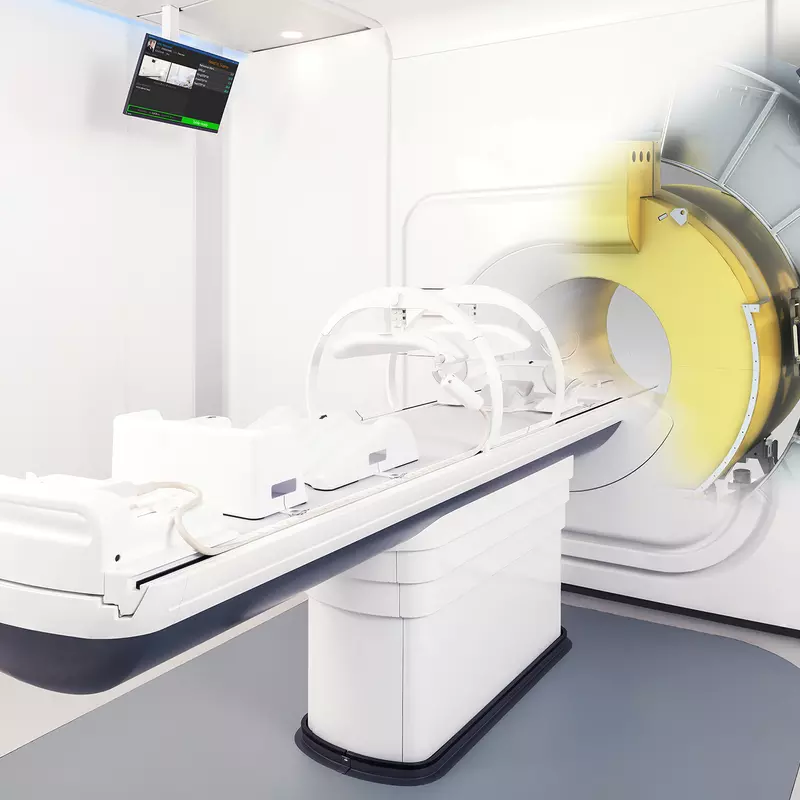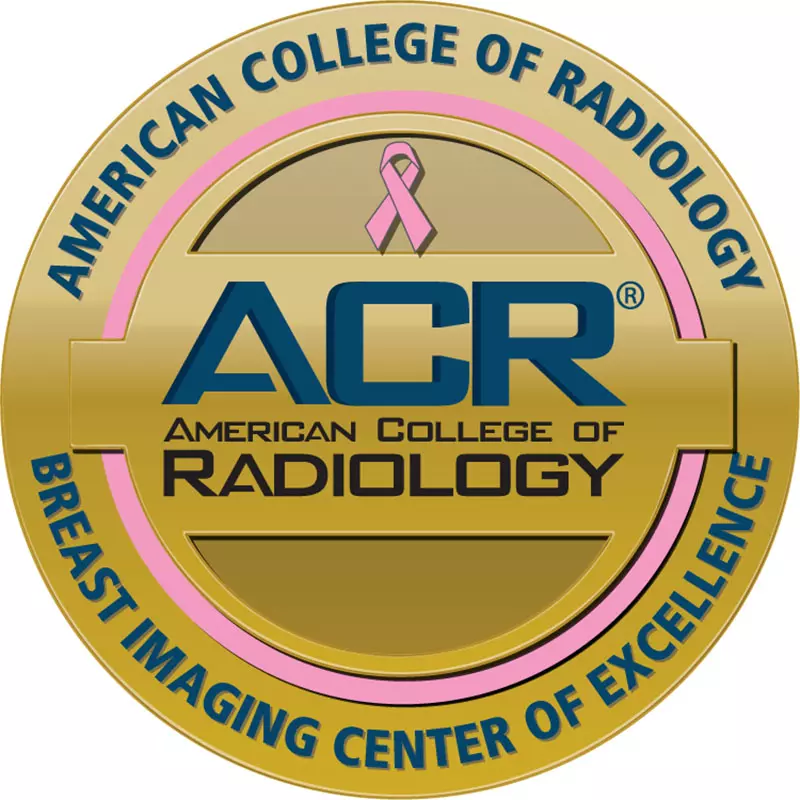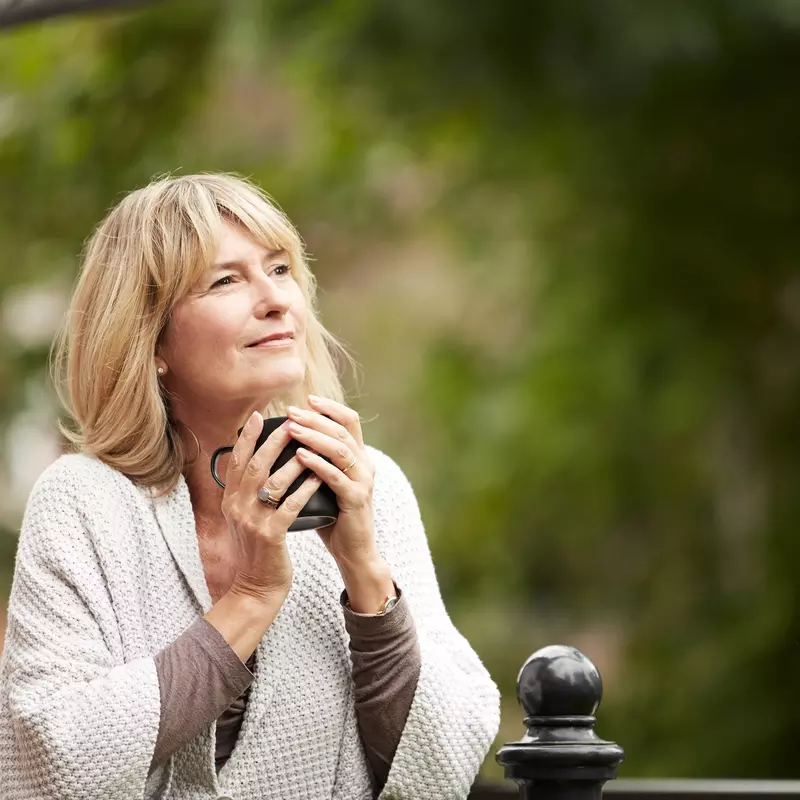
Whole-Person Health Leaders in Diagnosing and Treating Breast Cancer

The AdventHealth Cancer Institute Shawnee Mission breast center was established in 2001 to provide coordinated, patient-focused care across the continuum of women’s breast health needs.
At our institute in Shawnee Mission, mammograms are just the start of our care. If you’re looking for breast cancer treatment, Kansas City has our team of experts, offering care you count on, close to home.

Breast cancer is the most common cancer among women. It’s also very treatable when caught early. Being proactive about your health, including getting regular mammograms and knowing the warning signs, are the keys to early detection.
We put preventive care, screenings and education at the center of our approach to care so that you can be confident in your decisions and the care you receive.

If you’ve been diagnosed with breast cancer, we’re here for you with a wide variety of treatments and procedures to help you heal from cancer and empower you to feel whole again.
With You Every Step of the Way Empowering You With Answers
Breast cancer may be the most common type of cancer, but that doesn’t make it any less complex or confusing.
There are no obvious signs of breast cancer, other than feeling a lump or noticing an abnormality in your breast. We understand you likely have questions. We’re here with answers.
- What if I Have a Family History of Breast Cancer?
-
A family history of breast or ovarian cancer may increase your breast cancer risk. That’s why your breast cancer doctor here can offer genetic counseling to help you figure out the connection between your family's genes and your risk of disease.
A counselor will work closely with you to get facts about your family and your health. Testing may be the next step, which can help you better understand your risk and make decisions to reduce the chance of getting cancer.
Talk to one of our genetic counselors by calling Call913-632-9162.
- What if an Abnormality Is Found on My Mammogram?
-
About 8 to 10% of women get called back for further testing after a mammogram. If this happens to you, one of our Imaging Navigators with special training in breast health will call you to explain what’s recommended and help you schedule the test(s).
If you’d like to speak with a Nurse Navigator, they’re available to answer your questions and help guide you through the health care system, making sure you receive excellent care.
If an abnormality is found, your radiologist will likely recommend additional imaging tests. Most of the time, additional imaging shows no evidence of cancer and a biopsy isn’t needed.
Of the small minority of patients who need a biopsy, only about 20 to 40% of those biopsies provide a malignant result.
Your additional tests may include:
Breast MRI
A breast MRI uses magnets and radio waves to produce detailed cross-sectional images of the inside of the body. An MRI does not use X-rays, so it doesn’t involve any radiation exposure.
Breast MRI has many different uses for breast cancer, including:
- Gathering more information about an area of suspicion found on a mammogram or ultrasound
- Monitoring for recurrence after treatment
- Screening high-risk women, including women known to be at a higher risk than average risk for breast cancer, either because of a family history or gene abnormality
Diagnostic Mammogram
Unlike a screening mammogram that images your whole breast, a diagnostic mammogram focuses on a specific area(s) in your breast that the radiologist wants to examine in more detail. The radiologist will view your images while you are here, and you’ll be given the results before you leave.
Ultrasound
This imaging test sends high-frequency sound waves through your breast and converts them into images on a viewing screen. The ultrasound technologist places a sound-emitting probe on the breast to conduct the test. There’s no radiation involved.
- What if the Doctor Recommends a Biopsy?
-
A biopsy is the removal of breast tissue that’s examined under a microscope by a pathologist. Just because your radiologist requested a biopsy doesn’t mean you have breast cancer. Most biopsy results are not cancer.
We use several methods of needle biopsy, and your radiologist will determine the best method for you. Because the area of the breast is numbed with local anesthesia, biopsies are relatively painless, and you can go home shortly after the procedure.
Ultrasound-Guided Breast Biopsy
If an abnormal breast mass is detected on the ultrasound or a breast lump is found, a radiologist can use ultrasound guidance to pinpoint the mass and take samples.
There are two methods of ultrasound-guided breast biopsy. In one method, called a core needle biopsy, samples are taken by way of a spring-loaded biopsy needle. Another method, a vacuum-assisted biopsy, applies pressure to pull tissue from the breast through the needle into the sampling chamber.
Stereotactic Biopsy
A stereotactic breast biopsy relies on special imaging to place the biopsy needle at precisely the site of the abnormality. A specialized mammography machine, similar to the mammography unit used for diagnostic screening, is used.
X-rays are taken from different angles to help guide the radiologist's instruments to the site. Using a vacuum-assisted device, samples are obtained and sent to a pathologist for diagnosis.
Surgical or Excisional Breast Biopsy
Most breast biopsies are done with special needles using image guidance. Sometimes, a needle biopsy isn’t possible due to the location of the suspicious area in the breast. In these cases, the biopsy is done by a surgeon in an operating room.
Before surgery, a seed-localization procedure — like magnetic seed localization — is usually done if the abnormal area in the breast was first detected on imaging tests like a mammogram. A Magseed marker, which is a small seed placed in soft tissue, may be used in this process.
The surgeon will use local anesthetic to numb the area and you will also get IV sedation, rather than general anesthesia. These procedures are done in an outpatient setting and you can likely go home the same day.
An MRI-Guided Vacuum-Assisted Breast Biopsy
An MRI uses powerful magnetic fields and advanced computer technology to produce specific images of the breast. Using MRI guidance to pinpoint the mass, vacuum pressure is used to pull tissue from the breast through the needle into the sample chamber.
- What if I’m Diagnosed with Breast Cancer?
-
If you’re diagnosed with breast cancer, you may be weighing your options carefully, looking up terms like “breast cancer surgeon near me,” or trying to find the best option for a “breast cancer center near me.”
At AdventHealth Cancer Center Shawnee Mission, you can expect our surgeons, and a whole cancer center team of people, to take a comprehensive approach to your breast cancer treatment. Your Nurse Navigator will guide you through each step of the process.
Shortly after your diagnosis, the information will be reviewed at a weekly multidisciplinary conference, where an expert team of physicians and breast cancer surgeons meets to study each case in depth, from pathology reports to whole-health issues and beyond. Your physician will then meet with you to discuss your options for treatment and establish a plan of action.
Surgery is usually the first treatment for breast cancer. Your breast cancer doctors will discuss the best surgical option for you, including whether you’re a candidate for breast conservation or if you’ll need a mastectomy.
Decisions about surgery depend on many factors. You and your doctor will determine the kind of surgery that’s most appropriate for you based on the stage of the cancer, the characteristics of the cancer cells and what is best for your health and peace of mind.
- How Can I Survive and Recover from Breast Cancer?
-
Your breast cancer experience doesn’t end with treatment. Your quality of life is our first priority, and we want to empower you to overcome physical, psychological, social and spiritual challenges as you heal.
The AdventHealth Cancer Center Shawnee Mission helps breast cancer survivors overcome these issues with our Survivorship Program.
Together, we’ll help you regain your strength, restore your confidence and feel like yourself again.
Helping You Feel Whole Again
We don’t just treat breast cancer. We treat your body, mind and spirit through a variety of support programs. We’re here for you every step of the way on your journey.
Cancer Rehabilitation
Our program offers treatment with a licensed physical therapist who specializes in oncology rehabilitation.
Care Navigator
You’ll have help during every step of treatment with a caring partner to guide you.
Survivorship Program
Find the support and resources you need to thrive after cancer.

Breast Cancer Care Close to Home in Kansas City
You’ve got this, because we’ve got you. Get the expert care and support you need to face breast cancer. Contact our cancer institute today at Call913-632-9100. Or, connect online with an oncology specialist near you.

New Cancer Treatment Technology To Help You Heal
AdventHealth Cancer Institute Shawnee Mission offers the latest cancer-fighting technology, the Elekta Unity MR-Linac system. We're the first and only health care center in Kansas City to offer this new technology. Discover how MRI-guided radiation therapy means fewer treatments and side effects.
Award-Winning Care

American College of Radiology
Breast Imaging Center of Excellence

Commission on Cancer®
Accredited Program

National Accreditation Program for Breast Centers
Accredited Breast Center
Breast Cancer News and Info

Breast cancer that has spread to other parts of the body is the most severe form of the disease. But women with metastatic breast cancer are living longer.






